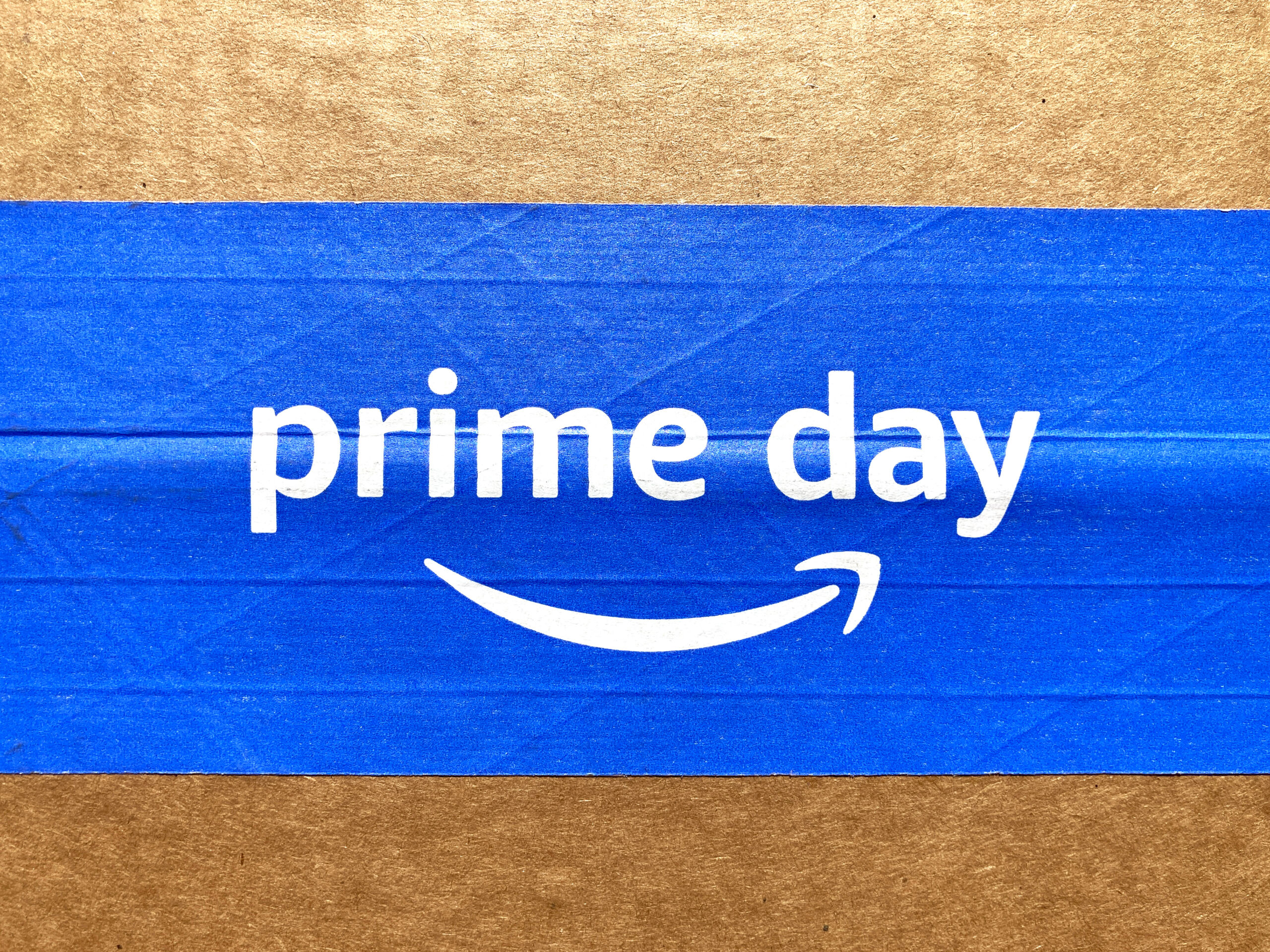Discover the future of Black Friday shopping as we delve into the evolution of the holiday shopping season and uncover innovative strategies that blend online and in-store experiences. Learn how embracing cutting-edge technologies can make Black Friday a memorable and fulfilling event for both your team and your customers.

Keywords
While the thrill of in-store shopping still holds a special place in many hearts, the retail landscape has undergone a profound transformation in recent years. Black Friday, and indeed the entire holiday shopping season, has migrated to the digital realm, embracing the convenience and accessibility that eCommerce offers.
But, make no mistake, Black Friday remains a retail juggernaut, and the key to its continued success lies in crafting seamless omnichannel experiences that bridge the gap between online and offline shopping, sometimes referred to as “phygital”.
Like many things in life, this hybrid shopping experience is much easier to discuss and much harder to implement. With that in mind, let’s walk through just a few of our proven methods of blending on the online and offline customer experiences, enabling your brand to stay ahead of the curve this 2023 holiday season.
One of the first steps in creating a seamless omnichannel Black Friday experience is to offer hybrid shopping options. “Buy Online, Pick Up In-Store” (BOPIS) and “Research Online, Buy Offline” (ROBO) are two such options that have gained significant traction over the past few years; in 2023, 84% of consumers utilized ROBO as part of their shopping journeys, along with 77% for BOPIS.
Options like these mean that shoppers no longer have to meander through crowded stores in search of specific items during the Black Friday rush; they can browse from the comfort of their own home but still receive the product that day. And it’s good for your business too, resulting in increased foot traffic to brick-and-mortar stores, increased sales, and reduced return rates as the consumer gets to examine the product in person right away.
Without access to real-time inventory data, your digital teams may promote products that are already out of stock in physical stores. Pricing discrepancies between a social media ad and your eCommerce site can lead to a frustrating, disappointing experience. A sales associate may recommend a customer to check out their website if something is sold out in the store, only for the customer to realize it’s sold out online as well.
To ensure a seamless shopping journey, it’s crucial that your digital teams, social media teams, marketing teams, and point-of-sale (POS) teams have access to the same information. If these teams don’t have access to the right product information, including real-time inventory data, product availability, and pricing, then it’s impossible to provide a consistent customer experience across all channels.
The global reach that the digital market provides is both a pro and a con; while it opens up the doors to a worldwide audience on an unprecedented scale, it also means that you need to provide products to a worldwide audience. That means using the right currency, units of measure, languages, and more.Your digital presence should feel personalized to each customer, irrespective of their location.
During a global sales event like the holiday shopping season, customer expectations are at their peak and any discrepancies in product information can result in confusion and frustration. Consistency ensures that customers encounter the same details, pricing, and availability wherever they’re shopping
Embracing these innovative technologies can fundamentally transform both in-person and online shopping experiences, enhancing engagement and efficiency.
In physical stores, the incorporation of innovative technologies can create immersive and interactive shopping environments. For example, Virtual Reality (VR) and Augmented Reality (AR) can be harnessed to allow shoppers to “try on” products virtually, such as clothing, without physically putting them on. AR can enhance product displays with digital overlays, providing additional information or visualizations. These technologies not only captivate customers but also alleviate the need for extensive physical inventory, streamlining operations and reducing the risk of products being out of stock during Black Friday.
The online shopping landscape is equally ripe for innovation. Artificial Intelligence (AI) has given rise to round-the-clock customer support, tailored product recommendations and bundles, personalized deals based on preferences and browsing history, and more, leading to an enhanced customer experience and increased conversions.
Black Friday’s retail prowess remains unshaken, and its continued success hinges on crafting seamless omnichannel experiences that bridge the gap between online and offline shopping. The future of shopping is about embracing convenience, engagement, and personalization, ensuring that every customer’s journey is a memorable one, and those brands who do so will not only survive but thrive in this new era of retail.
It’s time to gear up for the upcoming Black Friday and holiday shopping season by ensuring your teams and your technology are empowered to offer your customers the omnichannel shopping experience they’re expecting. Reach out to a Product Experience (PX) expert at Akeneo to learn how.
Discover what it takes for brands to succeed this holiday season with tips & tricks from Algolia, Akeneo, BigCommerce, Unifai, and more.


Explore how PCM helps brands centralize and enrich product data, streamline workflows, and improve content delivery across channels, and gain a...
Read more
2025 Amazon Prime Day has officially been announced for July 8-11; if you’re a brand looking to take full advantage of one of the biggest sales...
Read more
Explore how these 2025 Experience Award winners elevated product experiences by centralizing data, automating workflows, scaling globally, and...
Read more